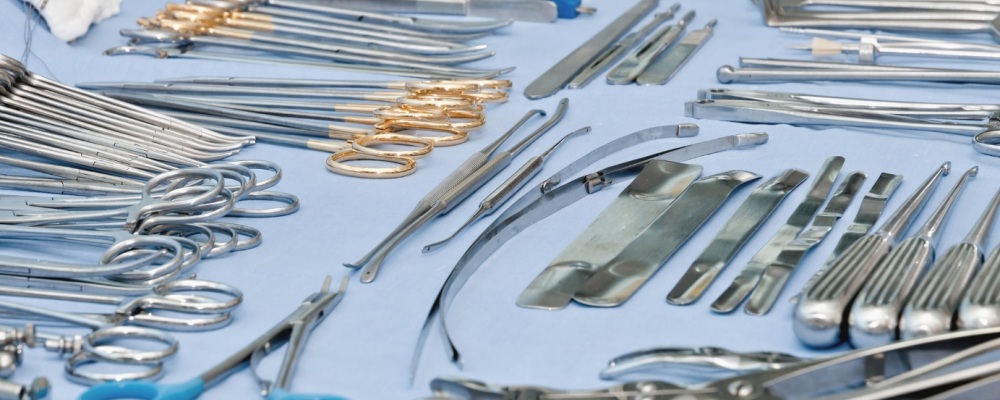Class 1 medical devices are those that pose the lowest risk among all categories of medical devices. They are considered to be relatively simple in design and function, and routine management measures are sufficient to ensure their safety and effectiveness.
These devices are typically used for basic diagnostic, monitoring, or therapeutic purposes. They may include items such as tongue depressors, bandages, examination gloves, and certain types of surgical instruments. For example, simple surgical knives, scissors, and forceps fall under this category. These instruments are used for routine procedures and do not involve complex mechanisms or high-risk applications.
Another group of Class I medical devices consists of diagnostic tools like thermometers and blood pressure monitors. Thermometers are essential for measuring body temperature and can be either digital or traditional mercury-based. Blood pressure monitors are used to measure blood pressure levels and help in the early detection of hypertension and other cardiovascular conditions.
In terms of management, Class 1 medical devices are subject to a relatively less stringent regulatory regime compared to higher-risk categories. Manufacturers of these devices are required to follow certain quality control standards and obtain necessary approvals or registrations. In many countries, Class I medical devices are often subject to a notification or filing process rather than a full-fledged premarket approval.

The safety of Class 1 medical devices is ensured through various means. Manufacturers are responsible for conducting quality control tests and ensuring that their products meet the required standards. Regulatory authorities also conduct periodic inspections and surveillance activities to monitor the quality and safety of these devices in the market.
When using Class 1 medical devices, it is important for healthcare professionals and consumers to follow the instructions provided by the manufacturer. This includes proper storage, handling, and usage of the device. For example, examination gloves should be worn correctly to prevent cross-contamination, and thermometers should be used according to the specified method to obtain accurate readings.
In conclusion, Class 1 medical devices are those with low risk and basic functionality. They play an important role in healthcare by providing essential tools for diagnosis, treatment, and monitoring. While they are subject to less stringent regulatory requirements compared to higher-risk devices, their safety and effectiveness are still of utmost importance. Manufacturers, regulatory authorities, and users all have a role to play in ensuring the proper use and quality of these devices.
 China Disposable Medical Supplies, Medical Consumables Supplier
China Disposable Medical Supplies, Medical Consumables Supplier
